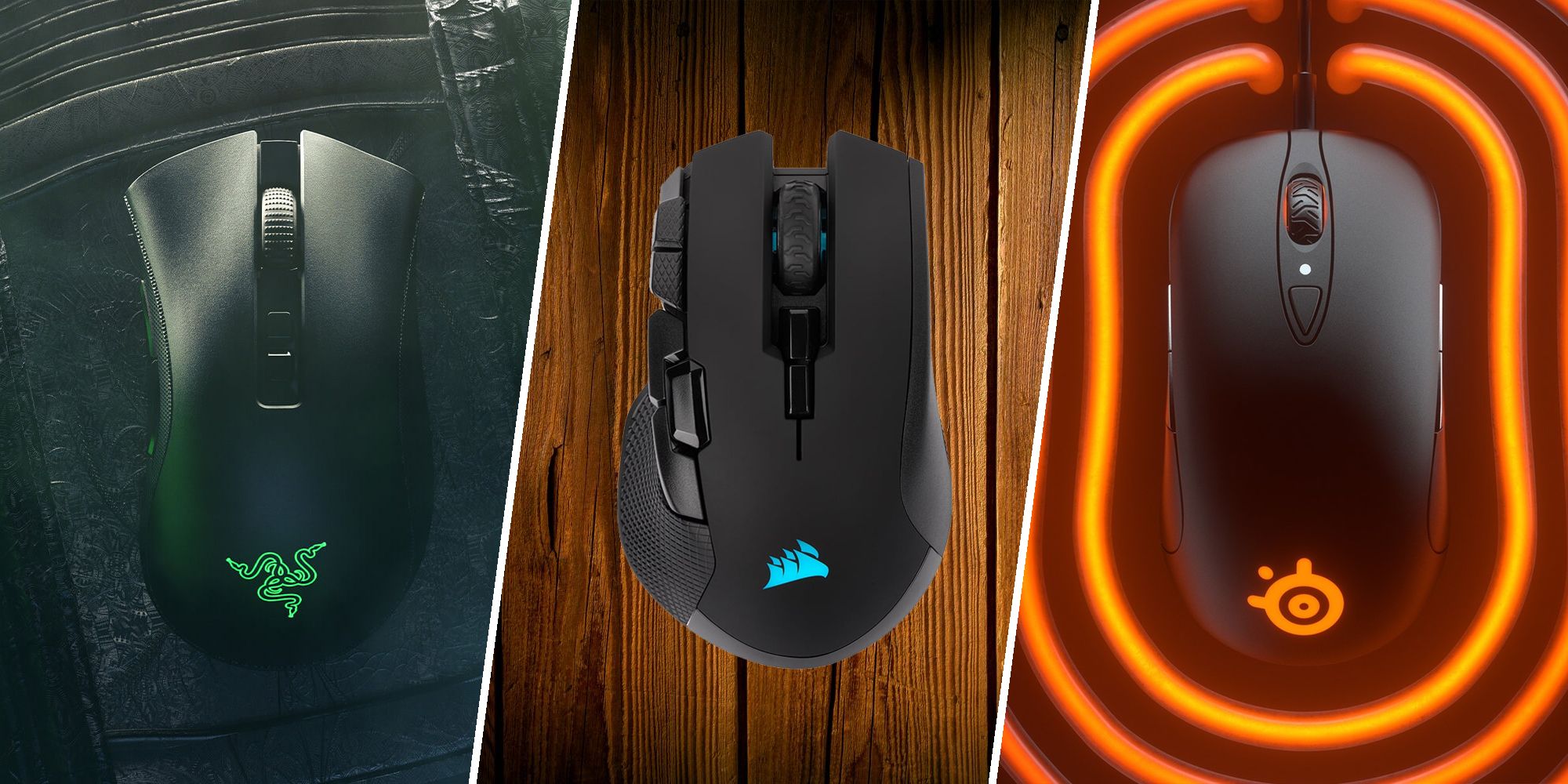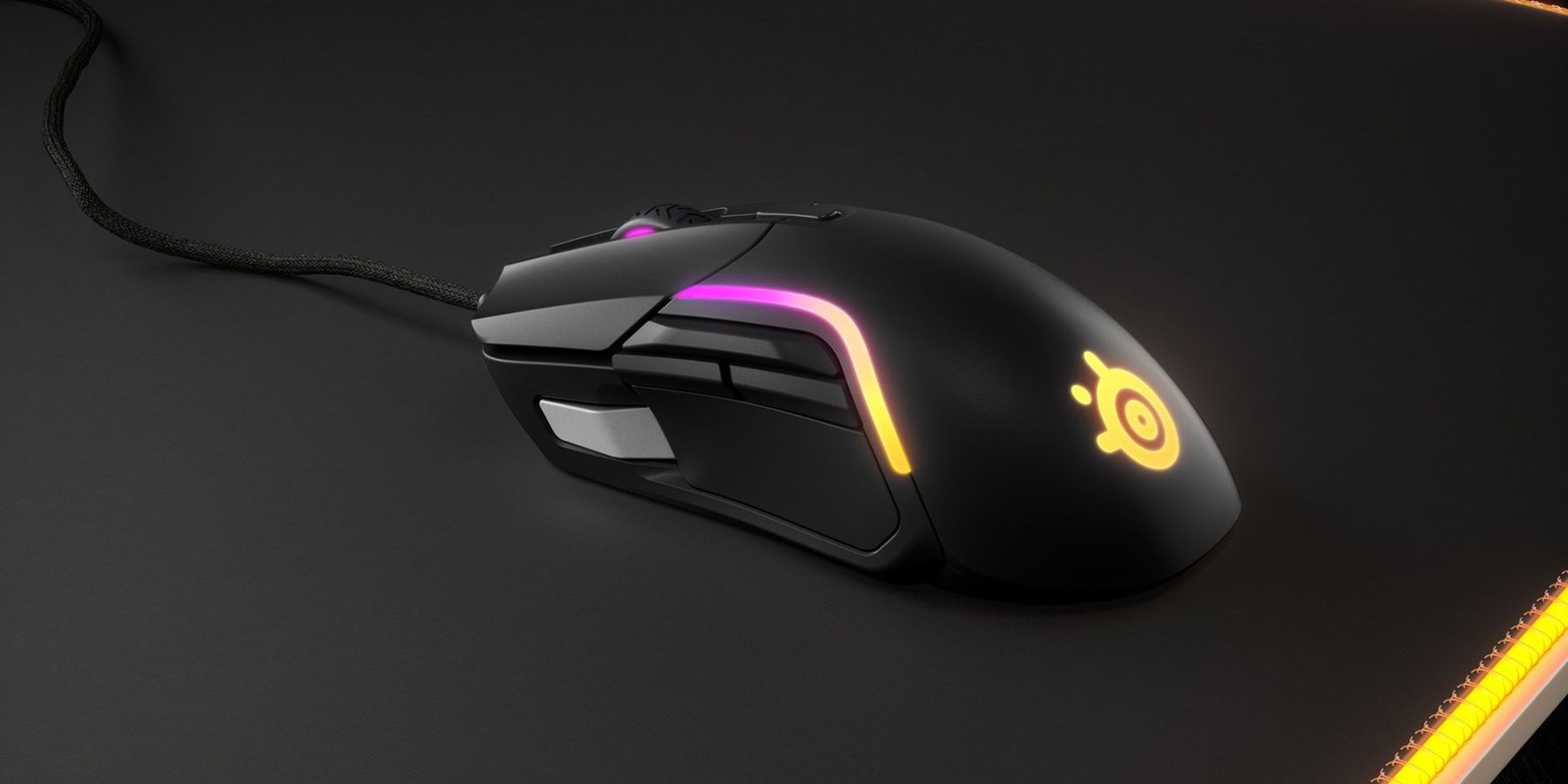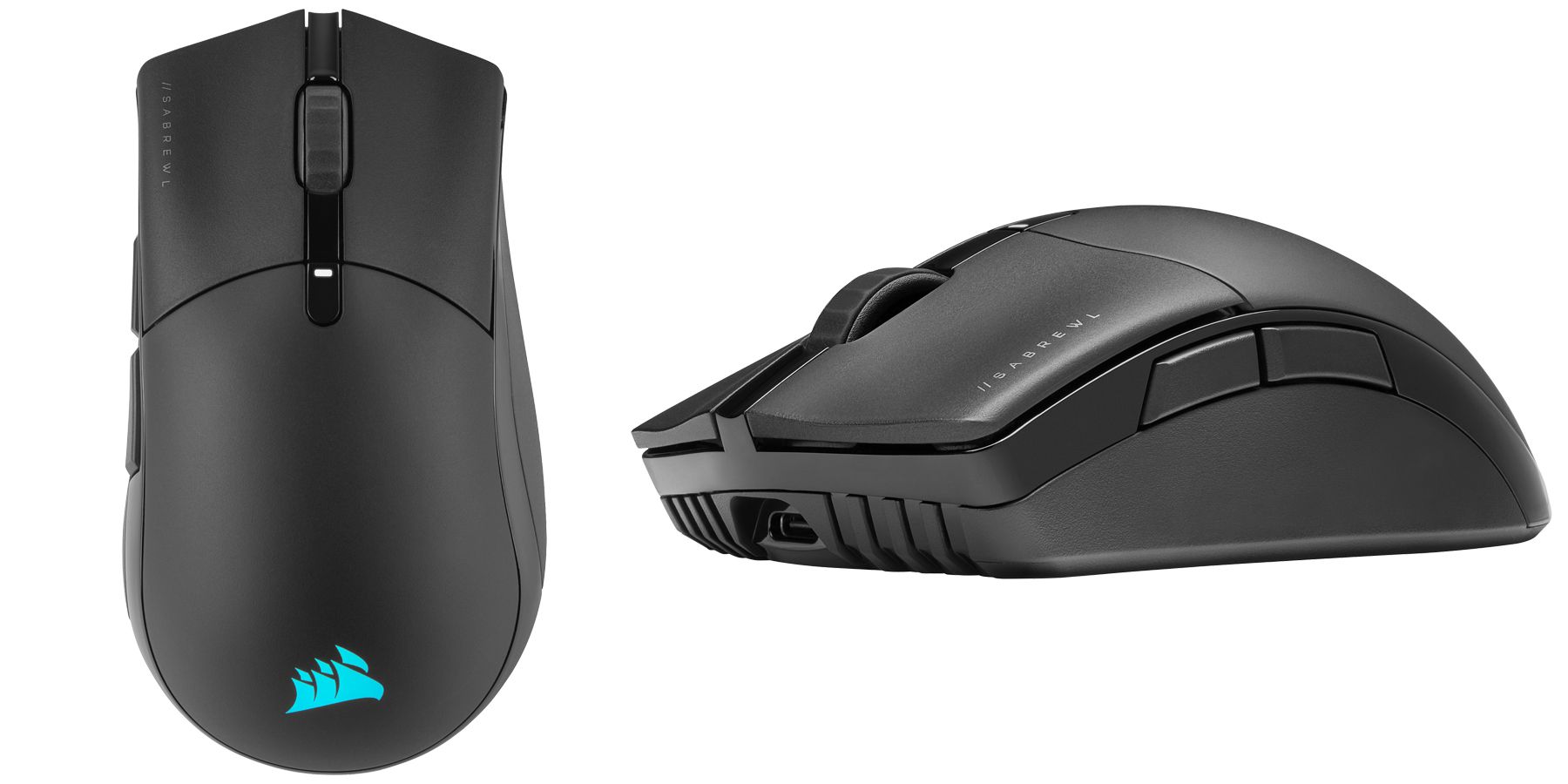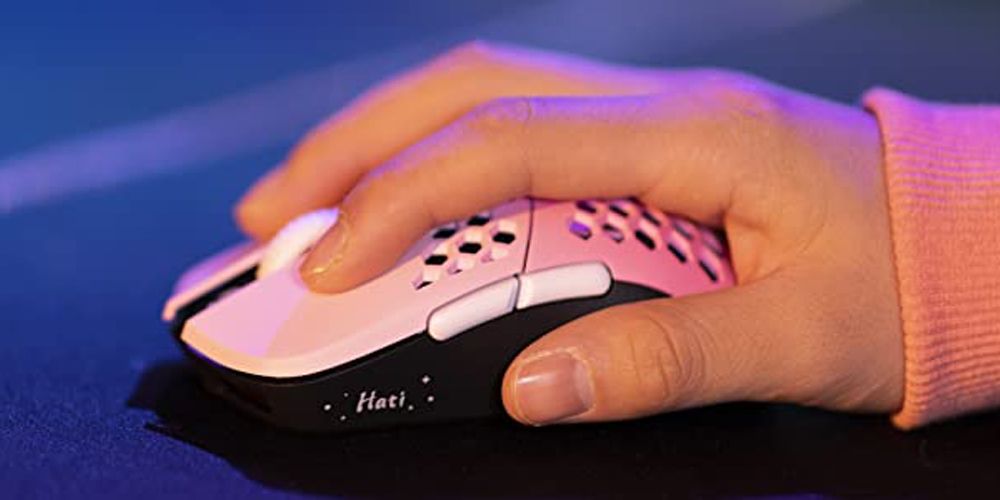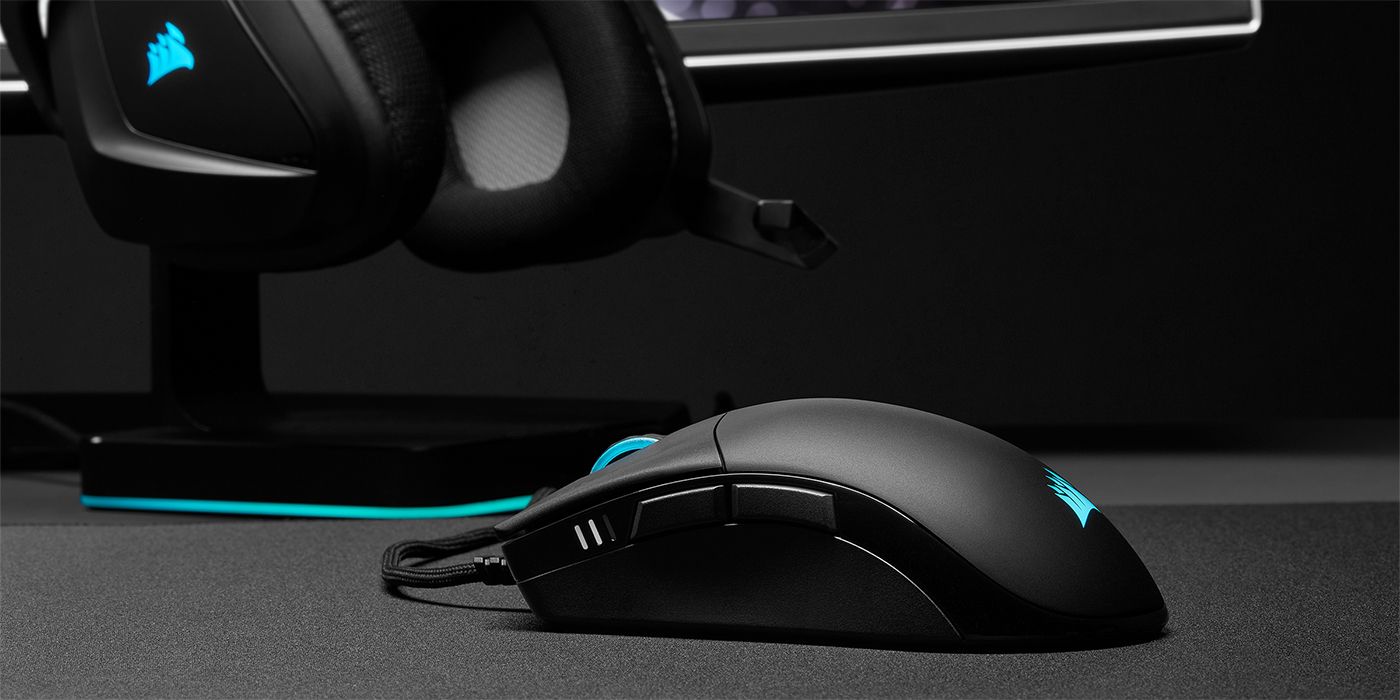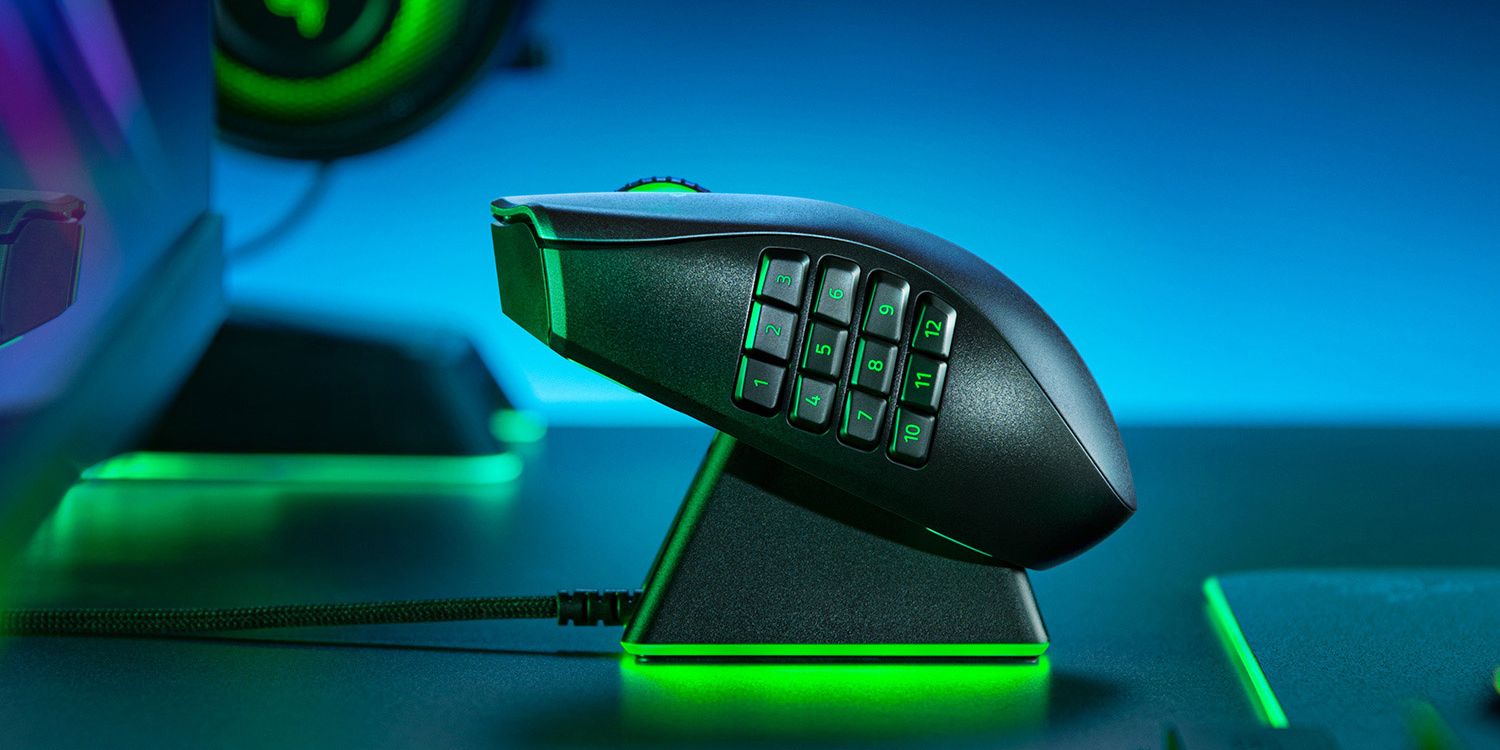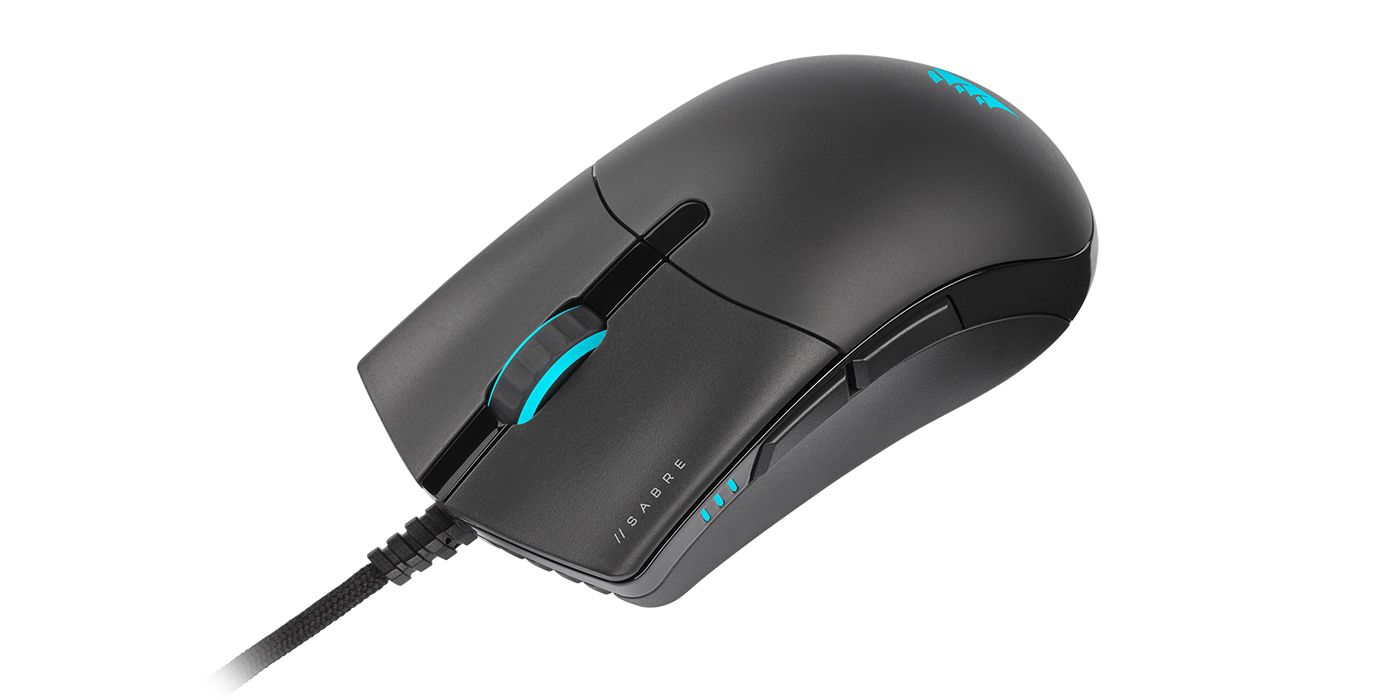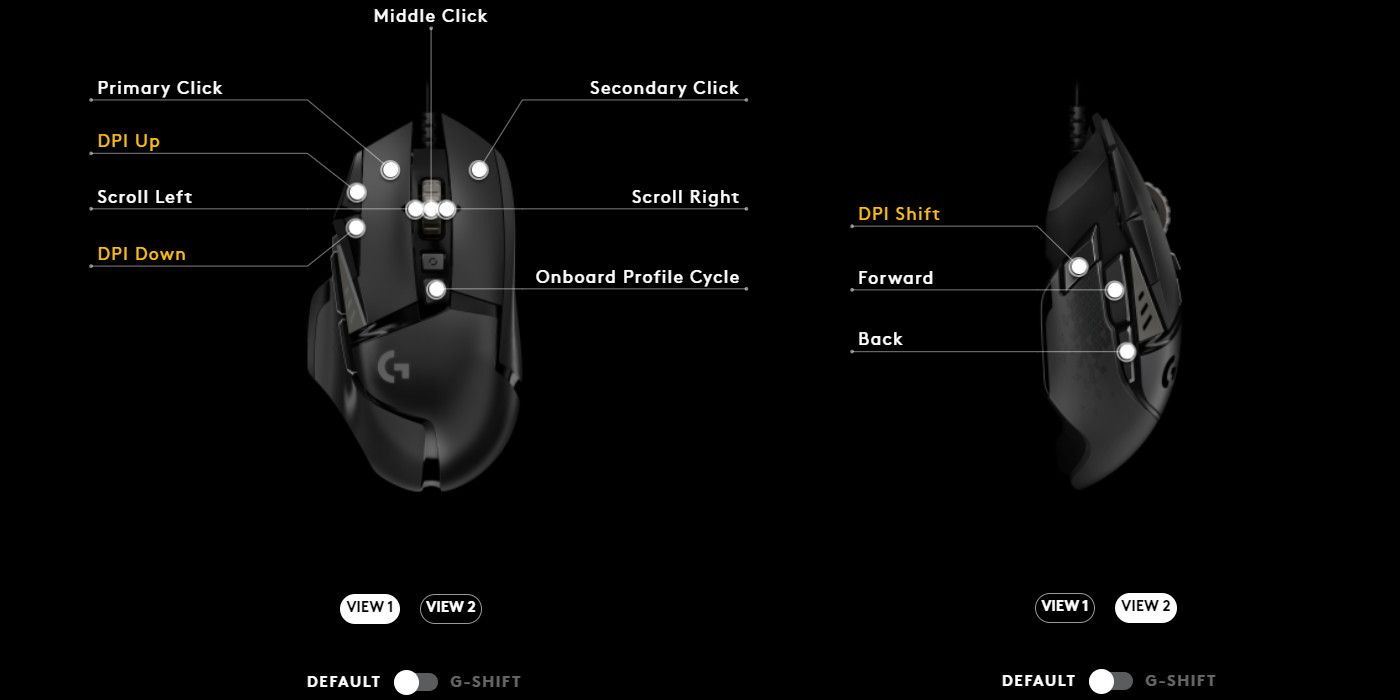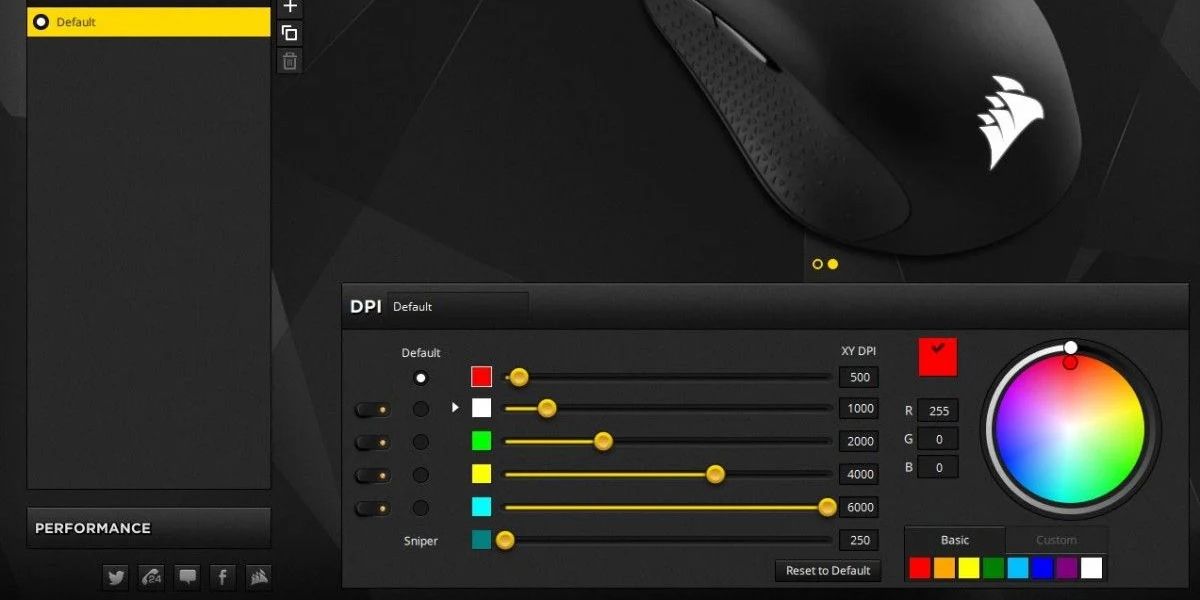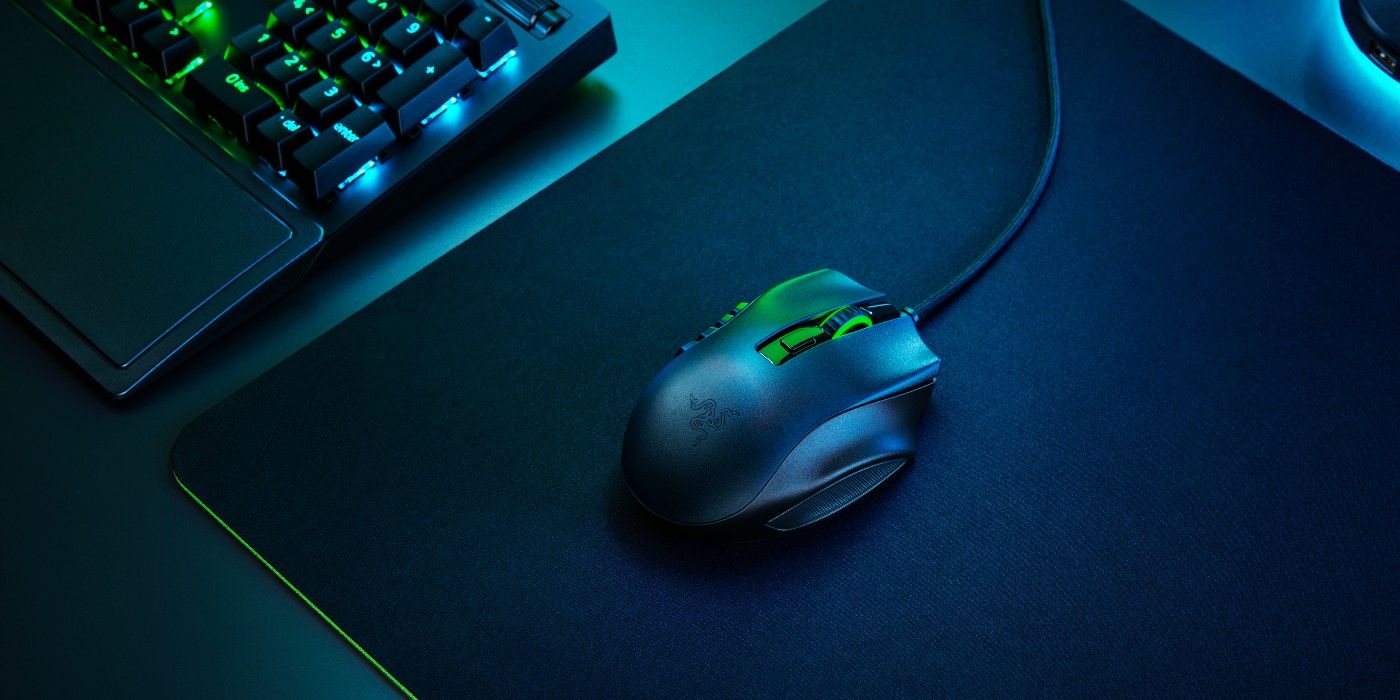Highlights
- The perfect gaming mouse is not one-size-fits-all – factors like connection type, size, weight, and grip style all play a role.
- Different gaming mice cater to different needs, with options for wireless, wired, various sizes, and ergonomic designs available.
- Consider DPI, polling rate, button customization, software compatibility, and RGB functionality when choosing the best gaming mouse.
A good mouse can have a huge impact on a player’s performance, particularly in certain types of games. Sadly, however, it’s not quite as simple as Googling “What’s the best gaming mouse out now?” as what works well for one player might not necessarily be ideal for another. In fact, due to the huge number of potential use cases, prospective buyers have a surprising amount to consider when choosing their next gaming mouse.
The good news is that there are different mice for nearly every type of gamer, meaning that there will likely be more than a few different ones out there that perfectly suit the buyer’s needs. Granted, this huge variety can be something of a double-edged sword as it can make narrowing down choices a little tricky, but, with the right research and some careful consideration, buyers should still be able to find the best gaming mouse for them.
The Best Gaming Mice Under $50 for 2024
With a wide variety of gaming mice to choose from, here are the best in different categories that cost under $50.
Connection Type
Wireless mice have come a long way over the past few years to the point where they’re almost as reliable as their wired counterparts. In fact, outside competitive gaming, most players probably wouldn’t be able to notice the difference. There are still some major drawbacks to wireless mice, however, such as the need to regularly recharge the battery or the additional weight that a battery can provide. Granted, some may actually prefer a heavier mouse and there are mouse pads available that can charge wireless mice during use, but this may not suit everyone.
Wired mice tend to be better options for RGB fans, as the lights eat up a lot of battery life on wireless gaming mice. Wired gaming mice also tend to be quite a bit cheaper than wireless mice. However, the convenience of having no cords is well worth the extra cost to some gamers. Wireless gaming mice are also great for taking on the go, as they usually connect either through Bluetooth or with a compact wireless dongle. With the prevalence of on-board memory, players can even save different button layouts for gaming, work, and school, so they can always have a comfortable mouse to use.
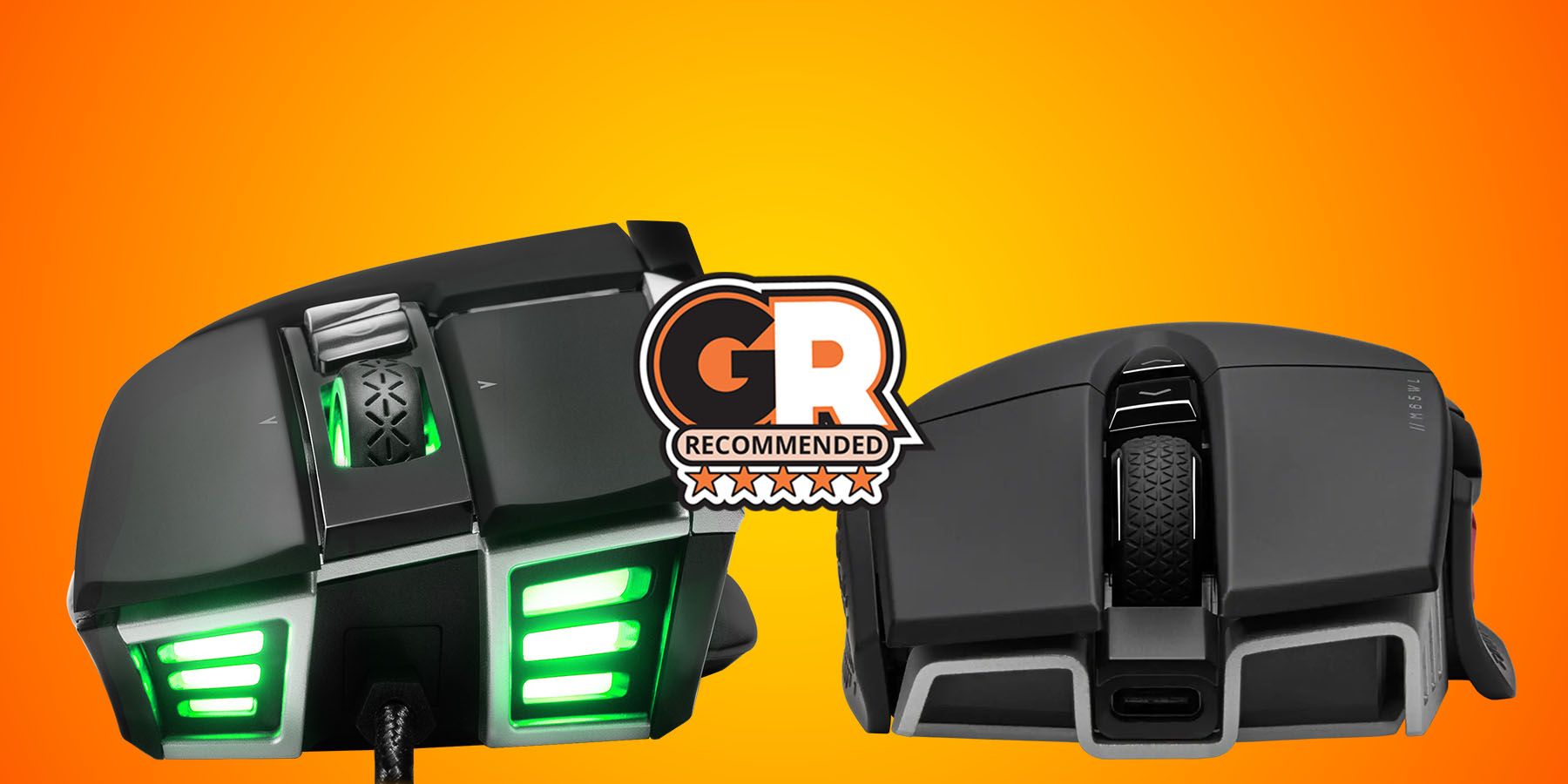
Wired vs. Wireless Mouse: Which Is Better For Gaming?
Here’s everything you need to know in the battle of wired vs wireless gaming mice!
Size & Weight
First and foremost, players should think about the size of their hands compared to the average person. Smaller hands will likely not feel comfortable with bulky MMO mice, and large hands likewise will probably dislike ultra-lightweight gaming mice (which tend to run smaller than other mice). Most of the time, a gaming mouse with more buttons will be larger than one with only a few, making it a game of compromise between having extra buttons and finding a mouse that fits the player’s hand.
Hand size may also affect how heavy players will want their mouse to be, but typically the type of gameplay determines the weight needed. Precision gamers, like snipers, would probably prefer a heavier weight to help steady their aim. Meanwhile, more fast-paced gamers, like MMO players, will likely want to have the lightest mouse possible, so they can react quickly in a fight. Some gaming mice even feature customizable weights to allow for different preferences at any time.

Corsair M75 Wireless Gaming Mouse Review
The Corsair M75 Wireless has a feature set as long as my arm and has the performance to back it up.
Grip Style & Ergonomics
A lightweight mouse won’t mean much if its design is meant for the wrong grip style. Everyone holds their mouse a little differently, but in general, there are three standard mouse grips: palm grip, claw grip, and fingertip grip.
Depending on what type of grip a player uses, some gaming mice will work better for them than others. For instance, the Corsair Dark Core RGB Pro SE gaming mouse has a wide shape perfect for palm grips, while in contrast, the EVGA X17 gaming mouse is so contoured that it will only be comfortable for a claw grip or fingertip grip.
Being comfortable is more important than it might sound, especially considering that most players use their gaming mouse for hours at a time. Having a comfortable grip should be easy with a quality mouse. Sweeping angles help guide hands into ergonomic positions to cut down on unnecessary stress and pressure, while texture along the sides and top helps keep hands in place, simultaneously softening the pressure from hours of resting against the mouse. Even fingertip grips can benefit from well-executed ergonomic design, so it’s as much a mark of quality as it is an opportunity for players to be even more comfortable when gaming.
Reliability & Durability
Brand names may not be everything, but it’s usually best to go with a trusted name for electronics, like Corsair, Logitech, or Razer. Nearly every respectable brand offers some kind of free warranty against manufacturing defects and other issues not caused by the user. On the other hand, random third-party companies can vanish overnight, leaving users with products that simply don’t work.
Given how expensive a high-end gaming mouse can be these days, it seems reasonable to expect it to last a decent amount of time, which is why most reputable companies offer some kind of warranty with every product. If users are looking at budget options, they should make sure to check out Game Rant’s list of the best budget mice.
Different mice will use different materials when designing their products. Some gaming mice use tactile, mechanical switches, which physically push a button when pressed. Other, more advanced (and more expensive on average) gaming mouse options use optical switches, which are activated by a physical button interrupting a laser. Most gaming mice will also usually have the durability of their switches tested. Most gaming mice are rated for somewhere between 20 and 50 million clicks or about 4,000 and 10,000 hours of use. Players should expect higher durability and more premium switch technology under the hood as they move towards more premium options in an increasingly top-heavy market.
Number of Buttons
Long gone are the days when having as many buttons as possible on a gaming mouse equaled the height of PC prestige. Now, it’s more important for players to think about what they will be using their mice for and more selectively choose the number of buttons on their gaming mouse.
For most gamers, the inputs found on a standard mouse should perfectly satisfy their needs, but some will benefit from additional buttons. Those who play a lot of MOBAs and MMORPGs, for example, will probably want a mouse with at least a few programmable macro keys, while anybody who hopes to be able to quickly switch between fast and precise movements may want a mouse with a dedicated button for DPI switching. Even players who work from home may find a lot of benefits to having shortcuts like cut-and-paste hotkeys to their mouse.
Players should consider how many games they play that require special key combos or call for a specific key to be pressed often and how many are in each. Artists and coders may also consider their work needs, as digital artists have been using gaming mice for years now and everyone in coding knows to keep “ctrl + z” close at hand. Whether a full key panel is needed or no extra buttons at all, there are plenty of options to satisfy players who know what they want. Need the best customizable mouse? Check out our list of the most customizable mice!
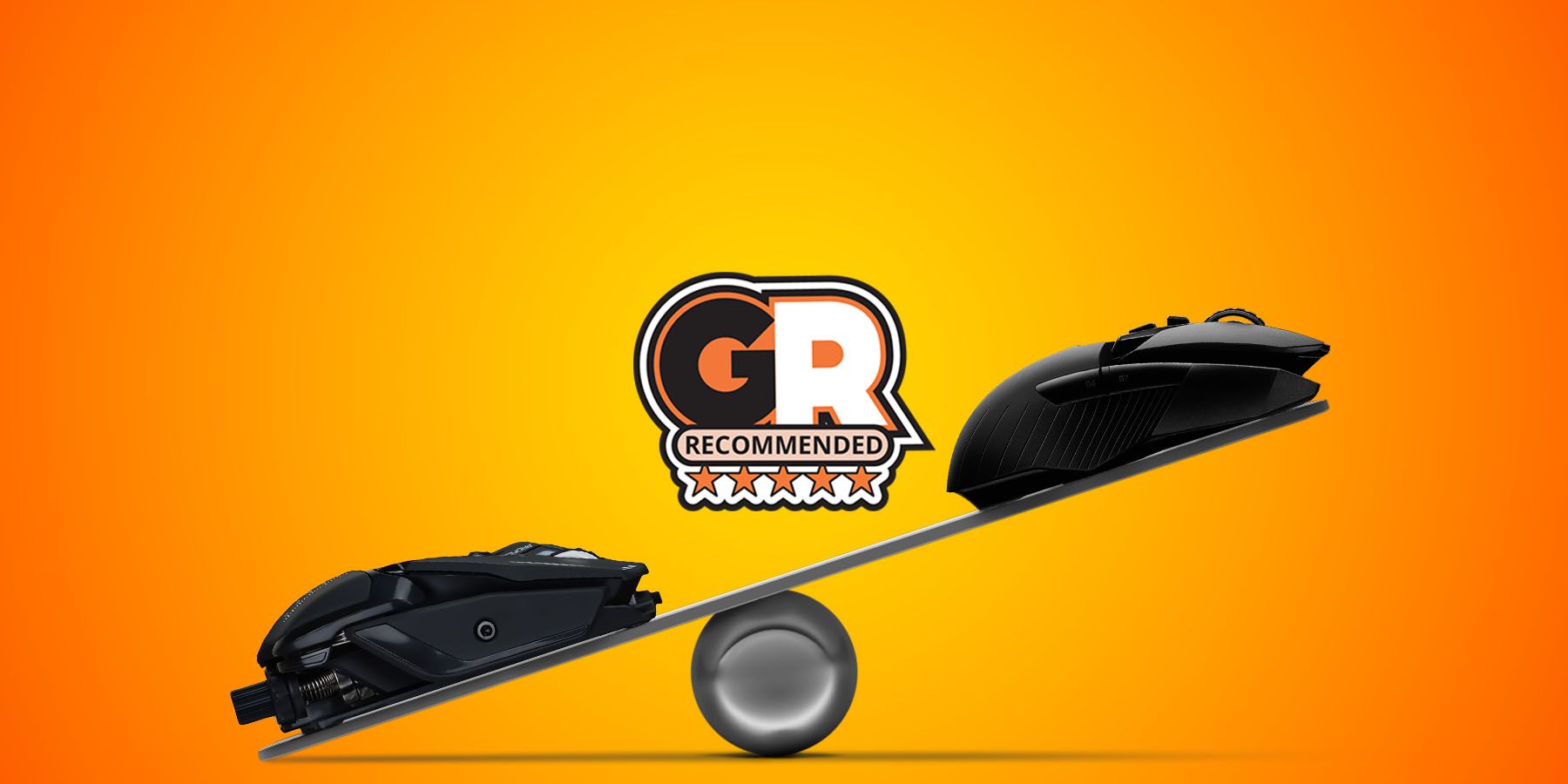
The Heaviest Gaming Mice for 2024
Dive into this comprehensive guide to discover the heaviest gaming mice, designed to offer gamers top-notch customization and stability.
DPI and Polling Rate
Though DPI and polling rates are often lumped together, they’re actually two very different things. The former dictates how far a mouse cursor moves across a screen when the mouse is moved by an inch while the polling rate determines how often the mouse’s sensor reports its position back to the computer. Generally speaking, a higher polling rate should lead to less delay and a higher DPI will allow users to move their cursor from one side of the screen to the other much faster. As a result, both are ideal for first-person shooters and other games in which quick player responses are important.
Most gaming mouse options come with a DPI of anywhere from 16,000 up to 35,000, but the reality is that most players can’t tell the difference beyond around 12,000 DPI. However, that doesn’t mean this number is completely arbitrary. First off, competitive players will definitely notice differences at higher DPI. Secondly, a high DPI is also indicative of overall quality, as these kinds of specs call for more testing and better-quality materials. Most gaming mice should allow players to adjust their DPI to suit their individual needs for each type of game through a quick button press, through software, or through both.
Software & Customizability
Most gaming mouse companies have proprietary software to help users customize not only their mouse but all of their accessories and devices. Each software is a bit different, but like with all apps, there’s somewhat of a standard that helps with accessibility.
Although software shouldn’t be a make-or-break point for players, it is important to know how difficult or easy it will be to remap buttons, save or change profiles, and generally customize the mouse. Some budget gaming mice only allow for DPI shifts between preset speeds, while premium gaming mice provide players with software that can fine-tune every setting and save it as a profile that can be swapped in and out at the press of a button.
Some gaming mice also allow for physical alterations to be made. The Razer G502 Hero offers swappable sides and removable weights, for example. Not all gamers want or even care about customizability or the software that a mouse comes with, but for those who do, it’s important to look at the software specs and available customization options before purchasing anything.
RGB Functionality
RGB may have very little impact on how a mouse actually functions, but that doesn’t mean that it isn’t still an important thing to consider for some. Many people, particularly streamers, take a lot of pride in the overall aesthetics of their gaming rigs and RGB can play a big part in this. Anybody in the market for an RGB gaming mouse should therefore look into how well a mouse will gel with their current RGB setup.
Certain models may work with RGB-controlling software that the buyer is already using or, conversely, may lack the ability to sync up with the user’s other RGB devices entirely. It’s more common now than ever before to find RGB gaming mice that can do almost any color, but styles vary widely. Players should double-check where and how the RGB light is displayed, as some models only light up their logo while others have lights that can never be turned off.
Mouse Pad Compatibility
There’s no point in spending money on a high-end gaming mouse if it’s going to be used on the wrong surface, which is where a good mouse pad comes in. The surface on which a mouse is used can have a huge impact on its operation, not to mention how comfortable using it for extended periods can be. Depending on the quality of their desk, buyers may therefore want to invest in a decent mouse pad to go along with their new gaming mouse. There are a variety of sizes available from small to full desk pads as well as pads of varying degrees of firmness.
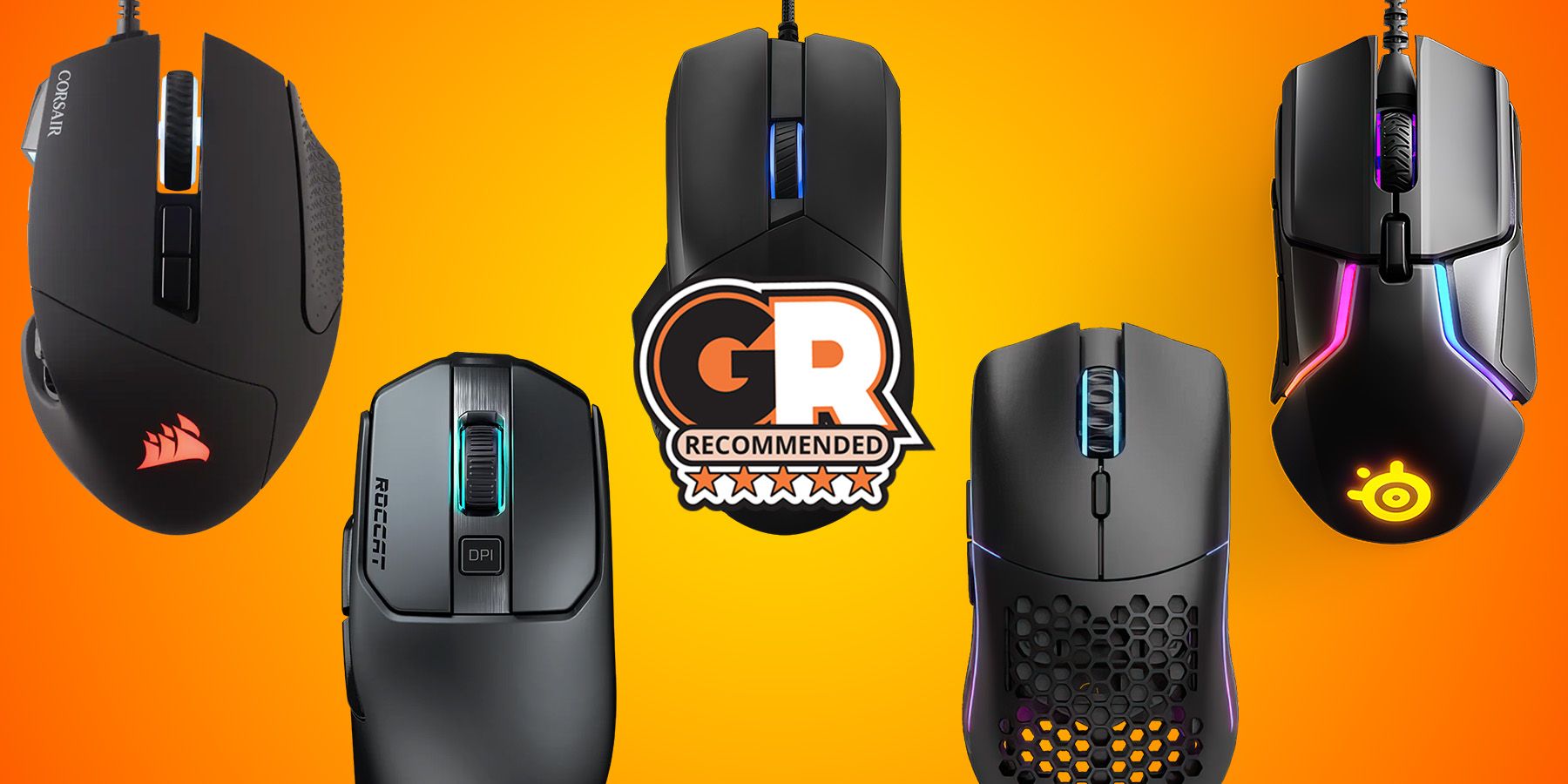
The Best Gaming Mice in 2024
When it comes to gaming with the best accuracy, a good gaming mouse is the way to go.
FAQ
Q: Do gaming mice help?
Gaming mice help, even if you buy one just for the office. They are more durable and versatile than regular mice, making them perfect for both work and play.
Q: Is a wireless mouse worse for gaming?
Wired gaming mice are fasting and feature less lag than wireless gaming mice, but with the advances in technology, wireless gaming mice are catching up very quickly.

/cdn.vox-cdn.com/uploads/chorus_asset/file/24533980/STK417_banking_money_1.jpg)
